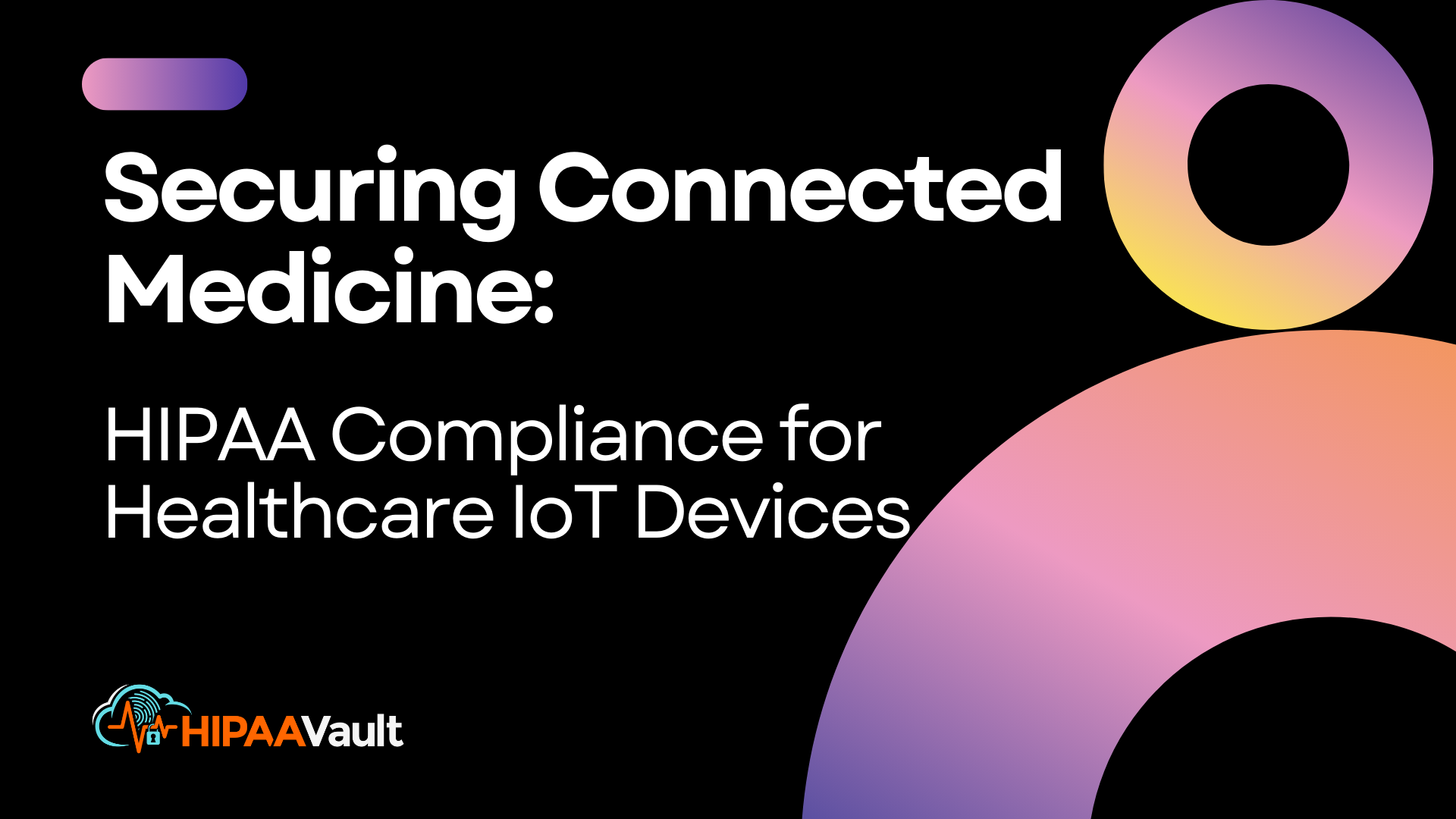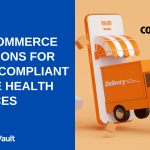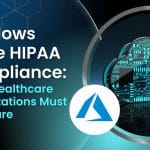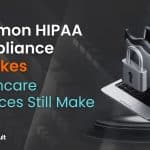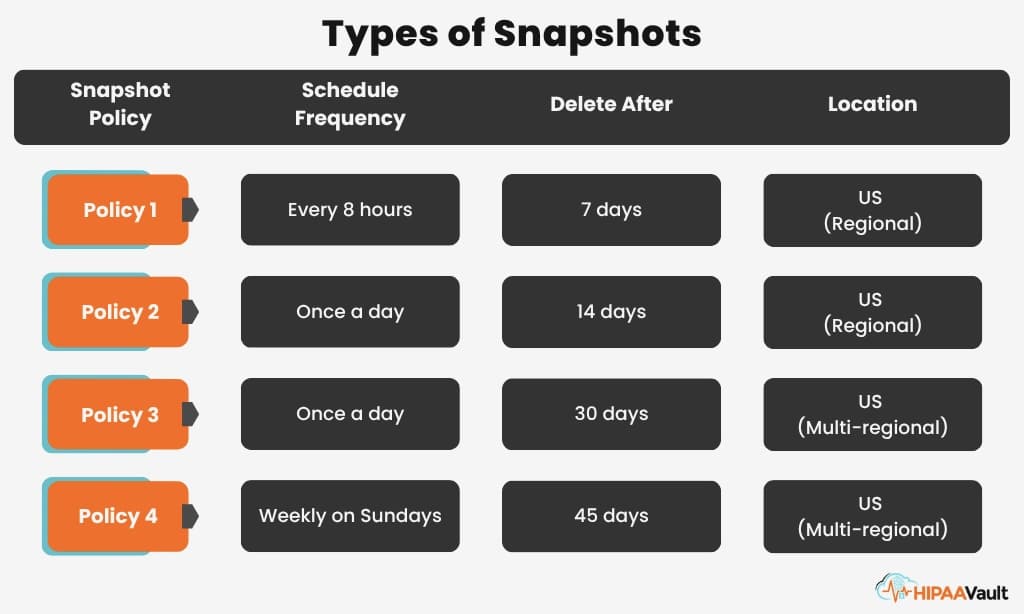Introduction
The Internet of Medical Things (IoMT)—also called healthcare IoT—encompasses everything from smart insulin pumps to remote patient-monitoring wearables. Analysts predict the global IoMT market will exceed $860 billion by 2030, driven by demand for real-time care and operational efficiency (ORDR). Yet each connected gadget that handles protected health information (PHI) introduces new attack surfaces subject to HIPAA’s Privacy, Security, and Breach Notification Rules. In this guide, we’ll walk through how covered entities and their business associates can secure IoT devices and maintain full HIPAA compliance—leveraging best practices from NIST, FDA, and HHS.
What Is Healthcare IoT (IoMT)?
Healthcare IoT, or the Internet of Medical Things (IoMT), refers to medical devices and applications that connect to healthcare IT systems via the Internet, enabling machine-to-machine communication, data collection, and analytics. Common examples include:
- Remote Patient Monitoring (RPM): Wearable sensors transmitting vitals like heart rate and oxygen saturation.
- Smart Infusion Pumps: Devices that adjust medication dosage in real time.
- Connected Imaging Equipment: MRI/CT scanners sending DICOM files over secure networks.
- In-Home Diagnostics: Glucose monitors and blood pressure cuffs syncing to cloud platforms.
IoMT differs from general IoT in its strict regulatory oversight—device makers and providers must integrate comprehensive security measures to safeguard PHI (Informa TechTargetBitLyft).
HIPAA Security Rule: A Foundation for IoT Protection
The HIPAA Security Rule mandates administrative, physical, and technical safeguards to ensure the confidentiality, integrity, and availability of electronic PHI (ePHI). For IoT devices, key requirements include:
- Risk Analysis & Management (45 CFR §164.308): Regular assessments of how devices create, store, or transmit ePHI.
- Access Controls (45 CFR §164.312(a)): Unique user authentication and automatic log-off on device interfaces.
- Audit Controls (45 CFR §164.312(b)): Mechanisms to record and examine device-level activity.
- Transmission Security (45 CFR §164.312(e)): Encryption of ePHI both in transit and at rest.
These standards set the baseline for any secure healthcare IoT deployment (NIST Seguridad InformáticaHHS.gov).
Technical Safeguards for Connected Medicine
Device Encryption & Secure Communication
All IoT-generated ePHI must traverse networks under strong encryption (TLS 1.2+ or IPsec) and remain encrypted at rest (AES-256). Implementing mutual certificate-based authentication via X.509 certificates prevents unauthorized endpoints from connecting (HHS.govU.S. Food and Drug Administration).
Firmware Integrity & Over-the-Air Updates
Medical device manufacturers should embed secure boot loaders and digital signatures that verify firmware authenticity at startup. Over-the-air (OTA) updates must occur over encrypted channels and include rollback protections to prevent downgrade attacks.
Administrative Safeguards: Policies & Training
- Risk Assessments: Use NIST SP 800-66 Rev 2 to identify vulnerabilities in device ecosystems, from sensor firmware to mobile apps (NIST PublicationsNIST Seguridad Informática).
- Policies & Procedures: Document lifecycle management policies for all IoT devices—procurement, configuration, maintenance, and decommissioning.
- Workforce Training: Provide role-based security awareness training for clinicians and IT staff on secure usage and incident reporting.
FDA Cybersecurity Guidance for Medical Devices
In September 2023, the FDA finalized “Cybersecurity in Medical Devices: Quality System Considerations and Content of Premarket Submissions,” requiring manufacturers to:
- Conduct cybersecurity risk assessments (including threat modeling).
- Submit a Software Bill of Materials (SBOM) listing third-party components.
- Document postmarket vulnerability management and incident response procedures.
This FDA guidance complements HIPAA safeguards by embedding security throughout the medical device lifecycle (U.S. Food and Drug AdministrationU.S. Food and Drug Administration).
Secure Architecture: Best Practices
- Edge Security Gateways: Funnel all device traffic through hardened gateways that enforce firewall rules, protocol filtering (e.g., block unused ports), and intrusion detection.
- Zero Trust Networking: Micro-segment networks so that each device only communicates with approved services and peers.
- Cloud Hardening: If devices sync to cloud platforms, choose HIPAA-compliant hosting—like HIPAA Vault’s Cloud Hosting—with encryption key management and regular penetration testing.
Risk Assessment & Vulnerability Management
Regularly scan device firmware and associated applications for known vulnerabilities using automated tools (e.g., SCA, fuzz testing). Map findings back to your HIPAA risk register and triage based on exploitability and PHI exposure (Prevalentsternumiot.com). Patch management SLAs should aim for remediation within 30 days of discovery.
Business Associate Agreements & Vendor Controls
Third-party IoT vendors handling ePHI must execute Business Associate Agreements (BAAs) that define:
- Security responsibilities (e.g., encryption, access logging)
- Notification timelines for breaches (within 60 days)
- Audit rights to review vendor compliance
Ensure vendor-provided devices and cloud services adhere to FDA and NIST frameworks before integration (NIST Seguridad InformáticaHHS.gov.)
Monitoring, Incident Response & Reporting
Implement SIEM solutions that ingest device logs and network telemetry for real-time anomaly detection—such as unusual outbound connections or repeated authentication failures. Have an incident response plan that includes device isolation, forensic imaging, patient notification, and HHS OCR reporting if PHI is breached (HHS.govReuters).
Common IoT Compliance Challenges & Mitigations
- Legacy Devices: Many older medical devices lack built-in encryption. Mitigate by placing them on isolated VLANs behind secure gateways.
- Resource Constraints: Low-power sensors may not support heavy encryption. Use lightweight protocols (DTLS) or offload encryption to nearby edge devices.
- Supply-Chain Risk: Mandate SBOM disclosures and vet suppliers for secure coding practices.
Conclusion
Connected medical devices promise unparalleled care delivery—but also introduce significant HIPAA compliance challenges. By combining the HIPAA Security Rule with NIST SP 800-66 guidance, FDA premarket cybersecurity recommendations, and robust vendor management, healthcare organizations can secure their IoMT ecosystems and protect patient data.
Ready to ensure your IoT deployments meet HIPAA’s strictest requirements? Contact us today and let HIPAA Vault architect a fully secured, compliant infrastructure for your healthcare IoT devices.


